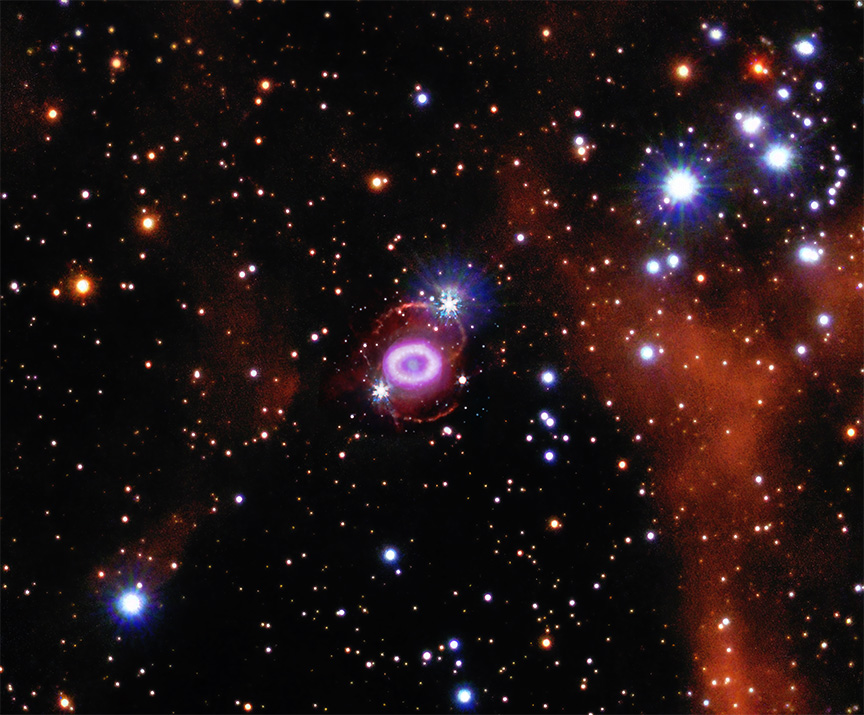
Composite image of supernova remnant SN-1987a produced by three orbiting observatories, the Chandra X-Ray telescope, the Hubble Space Telescope and the James Webb Space Telescope.
Great Observatories Program
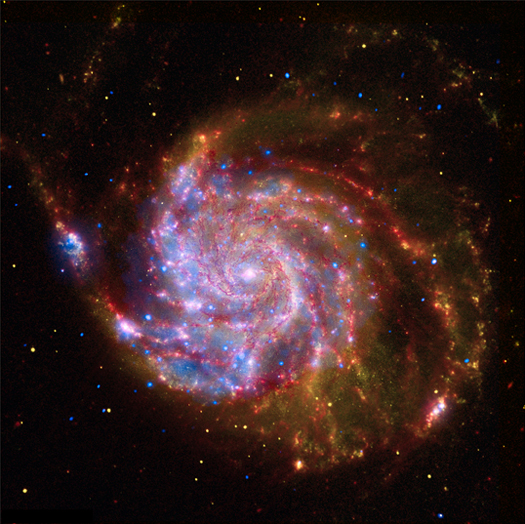 Back in 2009, NASA released the following image of Messier-101 to celebrate the Great Observatories Program and to commemorate the International Year of Astronomy, 2009.
Back in 2009, NASA released the following image of Messier-101 to celebrate the Great Observatories Program and to commemorate the International Year of Astronomy, 2009.
From left to right, the Grand Design Spiral can be seen in Infrared light from the Spitzer Space telescope (the IR Predecessor to JWST), visible light from HST and in X-ray light from Chandra. Of the 4 original orbiting platforms that comprised the GO Program (Spitzer, Hubble, Chandra and the Compton Gamma Ray Observatory), only Hubble and Chandra remain.
Chandra on the Chopping Block
Now, cynically, as NASA claims to celebrate Chandra’s 25th Anniversary, the Biden Administration cut | NASA’s FY25 budget request of $25.4 B by ~4% or about $1B. In response, the agency cut Chandra’s operating budget by ~40% with an eye towards decommissioning the platform within 2 or 3 years, when many claim the telescope can potentially provide another decade of service. By comparison and without getting into the political weeds, this president’s predecessor, Barack Obama, extended the mission life of the Cassini orbiter another 7 years from 2010 to 2017.
Save Chandra!
If you would like to petition congress in support of Chandra or to just make your voice heard, you can do so here: SAVE CHANDRA! If you’re considering contacting congress, you would want to first contact your Congressional Representative in the US House of Representatives (https://www.house.gov/). Constitutionally, the House of Representatives controls the government’s purse. Thus, any appropriations or final budget passage would have to be first approved by the House before it could be passed along to the Senate for a vote and then on to the President’s desk. It is important to make your voice heard to your Congressional Representative.
The following sample text could be copied and pasted as an email message to your representative:
I’m writing today to ask that any budget requests involving NASA include restoration of full funding for NASA’s Chandra Orbiting X-Ray observatory. I’m a ______your title or interest____ and, along with Hubble and the new JWST, consider Chandra a vital asset in humanity’s quest to more fully understand our universe.
Chandra was one of 4 high-value orbital assets NASA included in its Great Observatories Program, and to cut any funding now, when we’re just starting to make great strides would be a tragedy. It would be a blow to new young minds eager to learn, to university students, ongoing research and observing programs and to the worldwide astronomical and scientific community.
The President’s FY25 budget cuts 4% from NASA’s proposed budget. The agency responded with partial cuts to Chandra’s operating budget for FY25 with the cuts increasing through FY26 and onwards.
Please ask _____your representative_________ to advocate for Chandra and insist that any appropriations involving NASA restore full funding for Chandra.
Thank you,
New Image of Limited Scientific Value
And the cynicism continues, wittingly or otherwise. It’s hard to tell where the Chandra image begins or ends in the featured composite image, since the combined optical and near-UV components (from Hubble) have a similar actual color as the assigned false color from Chandra. X-rays have no “color” and are assigned a false “color” according to wavelength, the shorter the wavelength, the “bluer” the color.
Further, the composite images are all from completely different time frames. The Chandra image was from July 2005 (see image montage below), the Hubble contribution was from December 2006 and the JWST contribution was from this year (2024). Granted, the composite image will illustrate the evolution of the remnant over time, but any real-time correspondence or relation between the respective wavebands, cannot be observed.
New Study Using Chandra Data
The March 14, 2024 study that uses current-epoch Chandra data with corresponding observations dating back to 12/2000 is quite compelling. The paper affirms many predictions regarding the remnant’s evolution and current astrophysical models for supernovae. Please see the Abstract below.
A visual inspection of Chandra’s historical image data below clearly shows the evolution of the remnant over time. With the first image from December 2000, 13 years after the initial blast, the supersonic shock front has been propagating radially outward, plowing into and heating the cool, expanding shell of gas as it does so.
As described in the image caption, the ring continues to heat up as the shock front more fully engulfs the cool shell of expanding gas with the heating increasing sharply through 2017. The “flux” or energy is quantified in units of “Electron Volts” and, in this case, in “Kilo” (thousands) of Electron Volts. This translates directly to gas in the million degree Kelvin range!
Why is there is a cool shell of expanding gas in the first place?
The progenitor star (to SN1987a), Sanduleak -69 202, was a 20 solar mass, B3 blue supergiant (B3 Ia) located in the Large Magellanic Cloud. As part of their late-stage evolution, these behemoths begin to eject their outer layers between 50,00 to 100,000 years earlier. As the nuclear reaction rates increase with each new burning cycle, a furious stellar wind develops. Concurrently, the outward gas and radiation pressures skyrocket from the ensuing giga-kelvin temperatures of late-stage, heavy-element nucleosynthesis. With each new nuclear burning cycle, starting with Carbon fusion, this intense stellar wind and radiation pressure increases dramatically, eventually ejecting the outer layers of the star. In the case of Wolf-Rayet stars, the live, nuclear core is exposed!
With the onset of the Silicon burning cycle, the death knell for any star, the core temperature has reached 3 G-Kelvin. Within 24 hours, the outer core will collapse onto the nuclear-degenerate Nickel-Iron inner core, resulting in the complete annihilation of the star. If any remnant survives, it will be either be a black hole or a neutron star.

Deconvolved and smoothed broadband (0.3–8.0 keV) false-color Chandra ACIS images of SNR 1987A between December 2000 (day 5036) and September 2022 (day 12,995). All images are normalized by flux and use a square root scale on the same color scale (bottom). In all images, North is up and East is to the left.
Abstract
Based on our Chandra imaging-spectroscopic observations, we present the latest evolution of the Xray remnant of SN 1987A. Recent changes in the electron temperatures and volume emission measures suggest that the blast wave in SN 1987A is moving out of the dense inner ring structure, also called the equatorial ring (ER). The 0.5–2.0 keV X-ray light curve shows a linearly declining trend (by ∼4.5% yr−1) between 2016 and 2020, as the blast wave heats the hitherto unknown circumstellar medium (CSM) outside the ER. While the peak X-ray emission in the latest 0.3–8.0 keV image is still within the ER, the radial expansion rate in the 3.0–8.0 keV images suggests an increasing contribution of the X-ray emission from less dense CSM since 2012, at least partly from beyond the ER. It is remarkable that, since 2020, the declining soft X-ray flux has stabilized around ∼7 × 10−12 erg s−1 cm−2, which may signal a contribution from the reverse-shocked outer layers of ejecta as predicted by the 3-D magneto-hydrodynamic (MHD) models. In the latest ACIS spectrum of supernova remnant (SNR) 1987A in 2022 we report a significant detection of the Fe K line at ∼6.7 keV, which may be due to changing thermal conditions of the X-ray emitting CSM and/or the onset of reverse shock interactions with the Fe-ejecta.
Reverse-shocked outer layers of Ejecta
A “reverse shock” refers to a shock wave that travels radially backwards through the expanding debris of the exploded star, moving in the opposite direction of the initial blast.
1. The Initial Blast:
- When a massive star explodes as a supernova, it produces an incredibly powerful supersonic shock wave that travels radially outward. This is called the forward shock.
2. The Reverse Shock:
- As the forward shock expands, it collides with the surrounding interstellar medium (gas and dust).
- This collision creates a pressure wave that travels back into the expanding supernova ejecta, creating the reverse shock.
3. Importance of the Reverse Shock:
- The reverse shock plays a significant role in shaping the supernova remnant:
- Heating and Acceleration: It heats and accelerates the supernova ejecta, leading to the creation of high-energy particles.
- Mixing: It can mix material from the star’s core with the interstellar medium, enriching the surrounding interstellar medium. It is believed our solar system formed in such an environment.
- Light Emission: The interaction of the reverse shock with the ejecta can produce a variety of light emissions, including radio waves, X-rays, and gamma rays.
Animated GIF of SNR1987a
Using the same JWST and Hubble image data that went into producing the 25th Anniversary Composite, we produced the following animated GIF of SNR-1987a.
Full resolution download: 1200×938 (6 mb) animated gif. The image is in the public domain. Fair-use policy applies: no restrictions for non-commercial, educational use, citations requested.
The outbound shock front has slowed down considerably, while the inner “Keyhole” has increased in size, morphologically evolving to include much more detail. Also notable in the JWST image is the extent of the expanding hydrogen bubble surrounding the remnant. This later detail is an infrared aspect only and illustrates the necessity of multi-waveband regime observations to more fully understand an object of interest, the scope of its dynamics and interplay with its near-space environment. This idea culminated in NASA’s “Great Observatories Program”.
Our full article, describing SN1987a, our study of it along with details of JWST’s original observations can be found here:
JWST Observes Spectacular Evolution of Supernova Remnant SN1987A

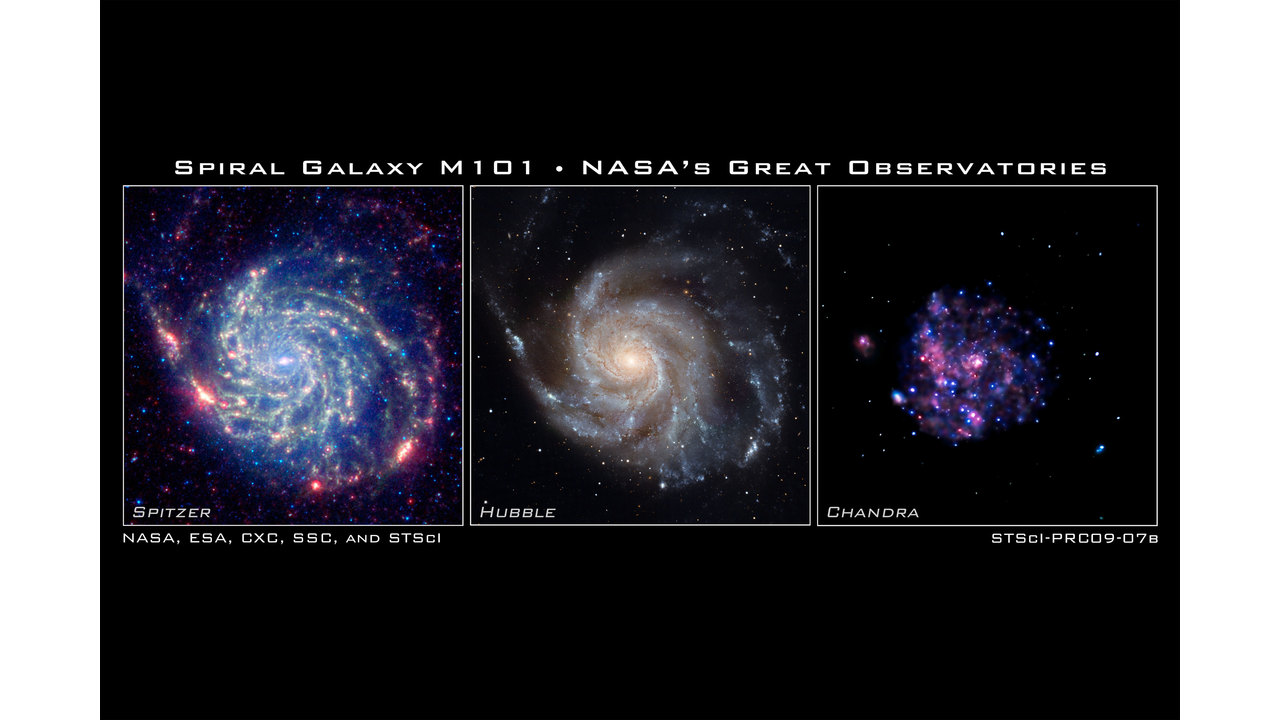
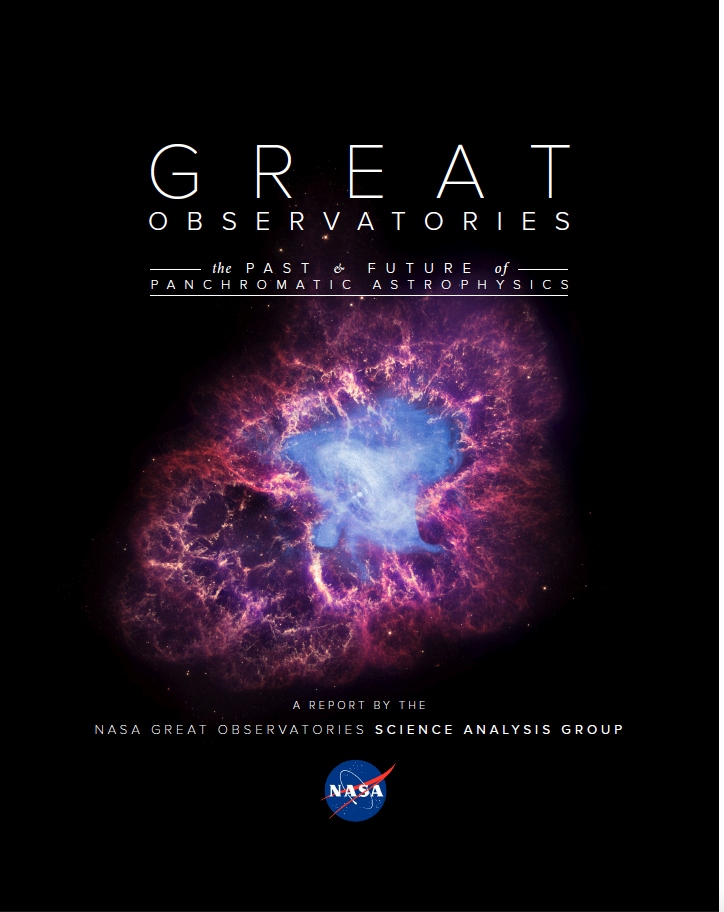

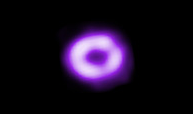



One thought on “SUPERNOVA! NASA (Cynically) Celebrates 25th Anniversary of the Chandra Orbiting X-Ray Observatory”